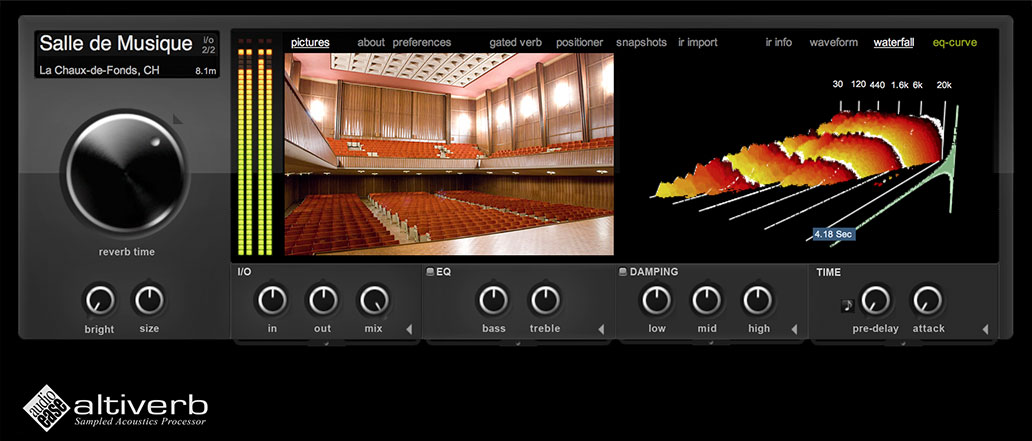

Clicking on any of these brings up a drop-down list where one can choose a particular model, and that model’s photo appears as the mouse is hovered. Speaker simulations are divided into six categories, each with their own icon: Record Players and Horns, Small Speakers, Guitar Amplifiers, Radios, Megaphones and Walkie-Talkies, and Telephones. On the Output there is a simple Limiter available, and a function to optionally Mute When Stopped.Ī large Wet/Dry slider is provided across the top, and this can even be ‘Kicked’ from anywhere to either side for instant smooth morphing, with a transition speed variable between 0.1 to 30 seconds, although the slider can be automated conventionally. Input Gain has its own knob, but defaults to Auto for a level that tracks the input to optimise the effect without overloading or under-driving. There are over 500 presets provided, but these are sensibly categorized and quick to find. However, Speaker types cannot be selected using automation, so one must swap multiple instances for automatic changes to the basic settings, although Audio Ease suggest they might add a Snapshot function.
Altiverb speakerphone pro#
Presets use a proprietary system and are handled at the top of the window, but using the host system in Pro Tools for saving user presets seemed to work okay, and many controls can be automated as normal. The graphics are rather stylized, somewhat reminiscent of early Ableton Live, with a green and grey colour scheme and oddly represented rotary controls. Opening the plugin reveals a large window which takes up almost a third of my screen, but even so it could do with being larger, as there are so many tiny controls and small things to read.Ĭontext Help is available, and near the top is an indication of CPU use – turning every module on sent the indicator over 50% on my late-model G4 Mac, but EQ and Compression together used just 4%.

These are detailed and pictured in colour in the excellent user guide. This contains settings obtained from dozens of speaker devices, from tiny children’s toys to enormous PA systems, with plenty of gramophone horns, valve radios, TVs, laptops, mobile phones, guitar amplifiers, megaphones and suchlike. The central process is the Speaker convolution module.
Altiverb speakerphone plus#
The Speakerphone plugin comprises 12 different processor modules plus a ‘Sample Bay’ each module can be individually bypassed. Supporting VST, RTAS, MAS and AU formats, Speakerphone comes with a CD-ROM installer, plus the DVD of integrated Sample Packs. It finally arrived proclaiming to be the ultimate speaker simulator plugin, and includes 5GB of background environment samples. The clever Dutchmen who brought us Altiverb have been beavering away at Speakerphone for some time.


 0 kommentar(er)
0 kommentar(er)
